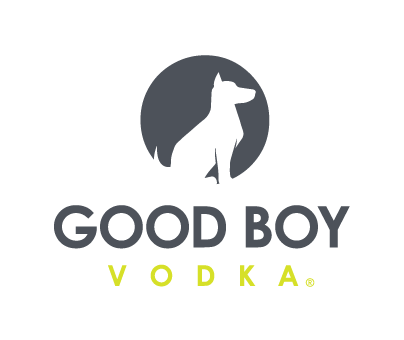Webinar Recap: Optimizing Ecommerce During the COVID-19 Crisis

Last week, private equity firm VMG Partners and marketing firm Right Side Up hosted a webinar, titled “Shifting to Online Amid COVID-19,” to help companies swiftly optimize their ecommerce business to meet increased demand and maximize their direct-to-consumer (DTC) and Amazon sales.
During the webinar, Matt Altman, head of Amazon for Right Side Up and VMG, covered issues with fulfillment that have arisen during the coronavirus crisis, as well as topics like setting up a proper DTC website, working with Amazon, marketing and resourcing.
For fulfillment, Altman warned that retail out-of-stocks will be hard to avoid for several reasons, including supply chain issues with imports from China, manufacturing delays and increased demand as consumers stockpile products. Altman advised companies to be proactive in their communications with consumers about delays in shipments and to not just rely on automated emails.
As consumers turn to online stores as a means of avoiding large crowds at retail stores, he also warned against “short changing” online sales; instead, companies should remove premium shipping options during the crisis, he said, noting there “is no guarantee” that one-day or two-day air delivery will be on time.
At Amazon, warehouses have slowed down, now taking two to three weeks to check inventory, Altman said. As well, the ecommerce giant announced last week it would prioritize orders of staple products which is resulting in delayed delivery for nonessential items.
“You should send in as much inventory as you possibly can right now,” Altman said. “We are saying at least five weeks because we don’t know when Amazon is going to change those guidelines on who falls into ‘what is a staple product,’ because right now it is a very loose term.”
Companies who are registered as Amazon third-party vendors but have been listed as non-staple items can also limit disruptions by shipping past orders that have not yet been fulfilled. Altman also suggested brands monitor their competitors’ out-of-stocks in order to prepare for increased demand.
“A lot of bigger brands are going out of stock as well as smaller brands and it may boost your sales instantly one day and you will instantly sell out,” he said.
Advertising on Amazon is “absolutely crushing it” at the moment, he added, recommending that companies seize the opportunity by increasing their online marketing spend. Companies can run display campaigns on their competitor’s products so they’ll be the first click if or when other brands go out of stock.
However, if out-of-stocks occur, brands should pause ads, Altman said. As well, companies should monitor how much they are actually spending per click, even if sales are strong in the moment.
If companies are not able to send inventory into Amazon, companies should optimize the channel by reworking all online listings, restructuring ad campaigns and marketing strategy, and taking advantage of Amazon programs such as Amazon Post to boost presence in the ecommerce channel.
“If you don’t have video content right now, that would be one thing I would really start working on,” Altman said. “Video and search ads on Amazon are definitely expanding right now and seeing ridiculous returns for the time being. So be an early mover on it and have that content ready to go.”
For DTC websites, honesty is the best policy. Brands are advised to offer discounts and allow back orders for sold out items, or to add “notify me when in stock” buttons (which Altman said are used frequently). Misleading consumers on in-stock and delivery dates, however, will only cause frustration. Transparency and communicating with consumers is key, he said, especially for subscription customers.
Email blasts and social media posts recommending simple activities such as recipes or Netflix recommendations are simple ways to maintain engagement. However, brands are advised not to send messages stating they are “monitoring the situation.”
“We’ve all received hundreds of these from everyone from Best Buy to Avis,” he said. “It really doesn’t help and you’re just going to annoy your customers.”
While much of the advice offered in the webinar is typically considered to be best practices even in the best of times, Right Side Up founder Tyler Elliston cautioned that the business environment and the response to COVID-19 is changing daily and certain suggestions could become outdated at any time. As well, Elliston said the advice was not one size fits all and should be applied fittingly company-to-company based on category, stage and business strategy.

















